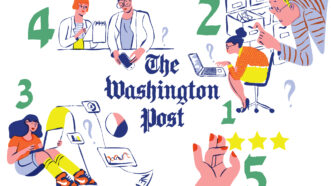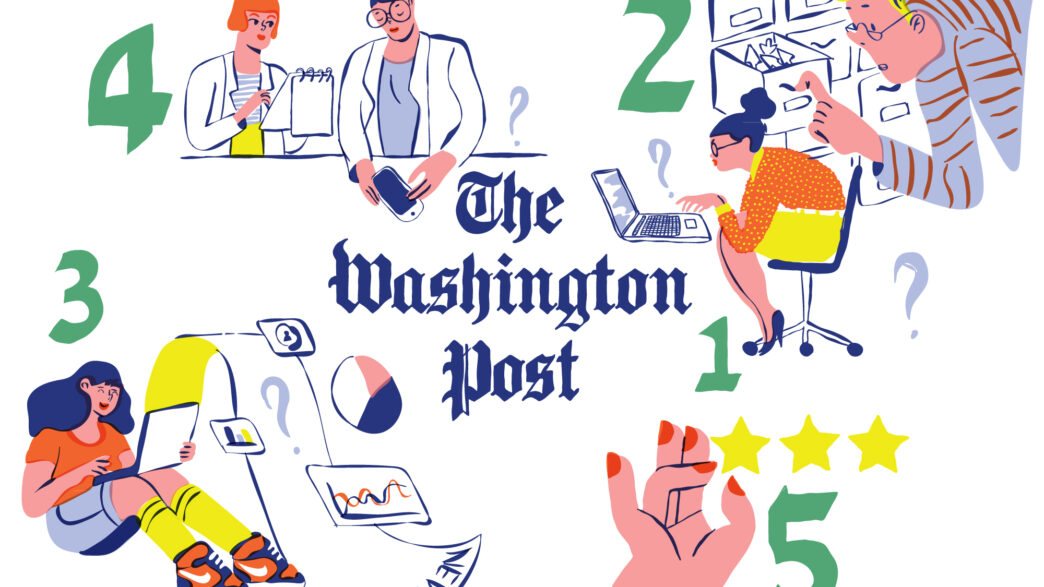

At The Audiencers’ Newsletter Workshop in New York in March 2024, Kelly Poe of The Washington Post shared how they’ve worked to increase click through rates across their newsletter portfolio.


At The Audiencers’ Newsletter Workshop in New York in March 2024, Kelly Poe of The Washington Post shared how they’ve worked to increase click through rates across their newsletter portfolio.